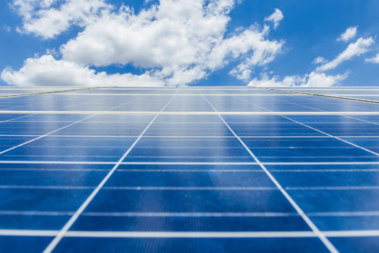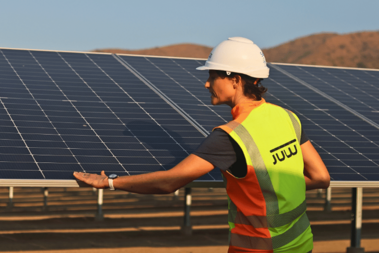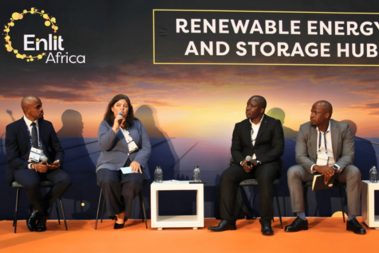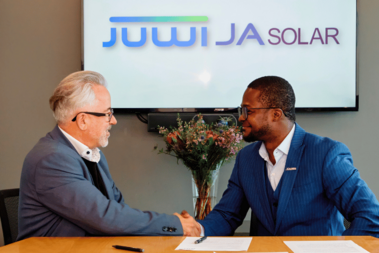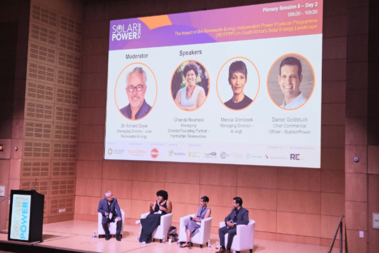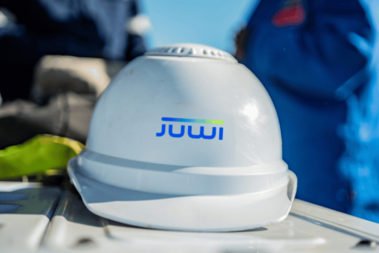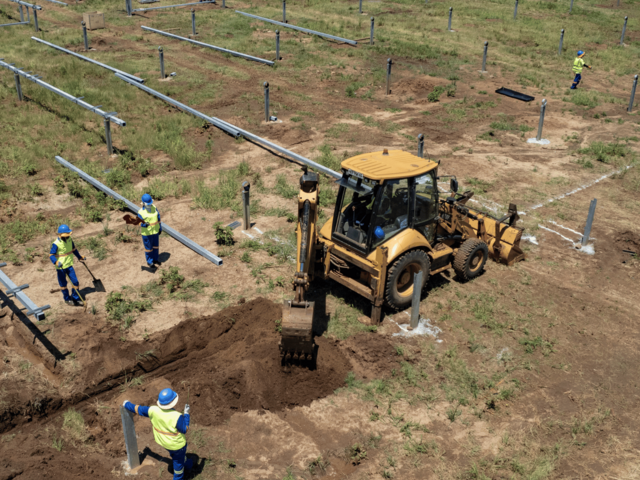
Complex Terrain: Construction Risks in Solar Projects for Mines
The mining industry is increasingly turning to solar photovoltaic (PV) systems as a strategic solution to meet energy demands. This move is driven by the economic benefits of solar and the growing environmental, social, and governance (ESG) expectations within the mining sector. Particularly in South Africa, investment into solar is additionally motivated by the energy crisis and rising fossil fuel costs.
South Africa’s electricity tariffs have seen a 653% increase from 2007 to 2022, whereas costs associated with utility-scale solar PV installations have seen an 85% reduction between 2010 and 2020. This pivot towards solar energy is not merely a cost-saving maneuver. It is also a strategic response to the volatile energy landscape.
For mining operations to successfully harness the benefits of solar energy and achieve long-term return on investment, thorough planning and risk management by the Engineering, Procurement, and Construction (EPC) company are crucial during the design and construction phases. Drawing on JUWI's extensive experience in delivering large-scale renewable solutions to the mining sector since 2014, we highlight several key construction risks that require careful consideration and management.
Environmental Considerations
The environmental conditions at the project site, including rainfall patterns, wind conditions, and groundwater, have significant implications for the efficacy and longevity of solar installations. Misinterpretation of hydrological studies can have a negative impact on the design of solar plants. The environmental footprint of mining operations, characterized by dust, debris, and altered water runoff patterns, introduces additional variables into the construction equation. These site-specific dynamics can influence the operational cycle of the solar plant and lead to costly maintenance activities. Soiling of photovoltaic panels has been linked to a 4% yield production loss. These factors highlight the importance of meticulous site evaluation.
Ground Conditions
The legacy of mining operations often results in unique geotechnical challenges. The stability of the soil and contamination are two critical areas to consider.
Unstable Ground: Mining activities can alter soil integrity, leading to ground subsidence, formation of sinkholes, or uneven terrain. Unexpected ground changes mid-construction can cause significant structural damage to solar arrays and other project infrastructure.
Soil Contamination: If contaminated, the soil may require removal and replacement, or special foundation designs may be needed to ensure the integrity of the supporting structure.
Grid Connectivity and Compliance
Ensuring compliance with South Africa's grid code requirements is essential for the commissioning of solar power projects and can be especially tricky when considering mining electrical infrastructure if it is a behind-the-meter connection.
The grid code specifies limits for voltage and frequency variations, ensuring the stability and reliability of the electrical grid.
Inadequate investigations into infrastructure can lead to lengthy commissioning periods and scope creep regarding substation equipment.
Community Engagement
The construction of solar projects in less populated areas harbors potential for significant job creation, yet the absence of proactive and empathetic community engagement can escalate into conflicts, jeopardizing project timelines and social licenses to operate. Early and inclusive dialogue with community stakeholders is imperative.
Equipment Quality and Selection
The heterogeneity in quality among Tier 1 solar component manufacturers necessitates a discerning approach to material selection. Variabilities in equipment quality can precipitate premature degradation and system failures unless thorough quality inspection is undertaken both at manufacturer locations and upon delivery to the site. JUWI takes a conscientious approach to manufacturer inspections.
Construction Expertise
The caliber of the construction team is pivotal; even superior quality equipment can underperform if mishandled. For example, scuffing of cables during transportation and neglecting inspections can cause significant damage to the entire cable network. Furthermore, if modules are mishandled it can lead to irreparable damage, which reduces the power output of the module over time.
Effective Risk Management: A Balancing Act
In this era of narrow margins for EPCs, the temptation to cut corners is strong, particularly with price pressures. However, the true value of meticulous planning and quality assurance is evident in the performance and durability of the solar plant.
As the mining industry embraces the sun's power, understanding and mitigating these risks is not just about ensuring project success; it's about setting a new standard for sustainable mining practices worldwide.



